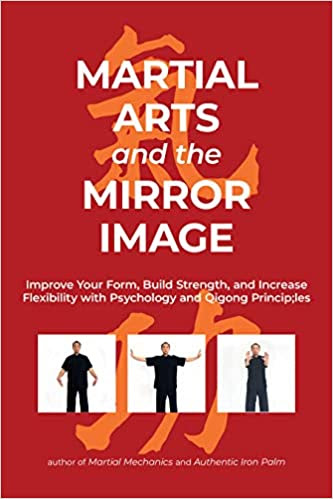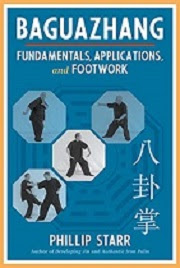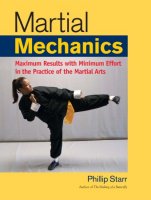by Phillip Starr
“You only live twice;
once when you are born,
and once when you look death in the face.”
-Old Japanese Saying
The captain argued that this was terribly unfair; he could not possibly learn the language in such a short time and his failure to do so would result in the deaths of many innocent people. Even so, the daimyo's order stood. The foreigner considered the situation and then quickly scooped up a tanto (dagger) and threatened to take his own life if the order wasn't rescinded. He held the knife to his belly while the daimyo reminded him that suicide was against the foreigner's religious convictions. But the Englishman was determined and swore that he would kill himself unless the daimyo canceled the order. The daimyo flatly refused.
The tension was almost palpable as the foreign captain realized that the daimyo had called his bluff. The scene was played very well and I could easily imagine what was going through the captain's mind as he considered his options. A samurai who served the daimyo was seated next to the captain and his body tensed slightly as he sought to feel what was in the foreigner's mind.
Then the Englishman's countenance seemed to relax and his eyes looked far into the distance. He had accepted his fate and smilingly accepted death's coming embrace. As he moved the plunge the dagger into his belly, the waiting samurai lunged forward and wrestled the weapon away from him. The captain realized that he was not, in fact, going to die. He had looked death squarely in the face. The young lady who accompanied the foreigner everywhere and acted as his interpreter touched his shoulder and told him that he had entered into a new life; he had been “born again” because his former life had, for all intents and purposes, ended when he had looked into the eyes of death. He had stepped into a new life.
The concept of losing one's fear of death is, I believe, central to the practice of any martial art. Death is, after all, at the hub of all human fears. It is perhaps the most basic fear that we carry in our hearts and although it is useful in so far as ensuring that we don't act foolishly and do something terribly stupid, it is a stumbling block for those who tread the martial path.



.jpg)
.jpg)



.jpg)
.jpg)


.jpg)
.jpg)



.jpg)
.jpg)

.jpg)




.jpg)











.jpg)




.jpg)
.jpg)

.jpg)


%20-%20Copy%20-%20Copy.jpg)
.jpg)



















